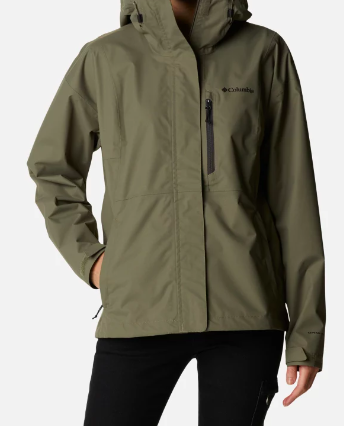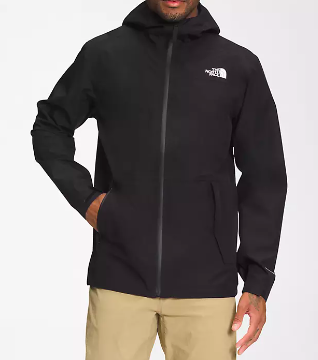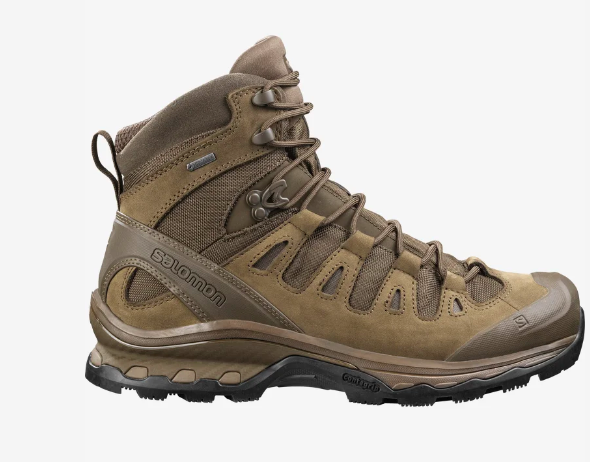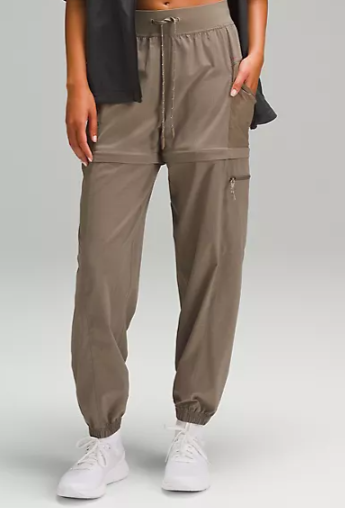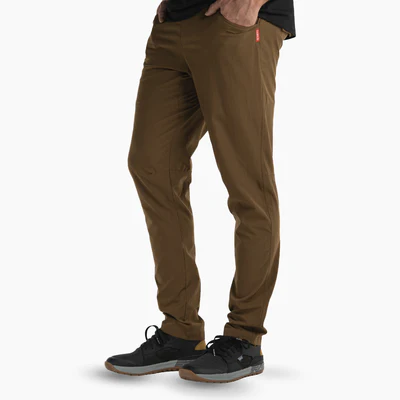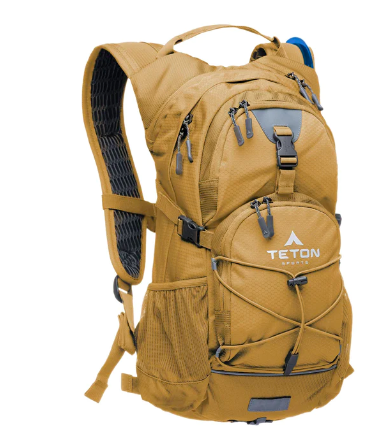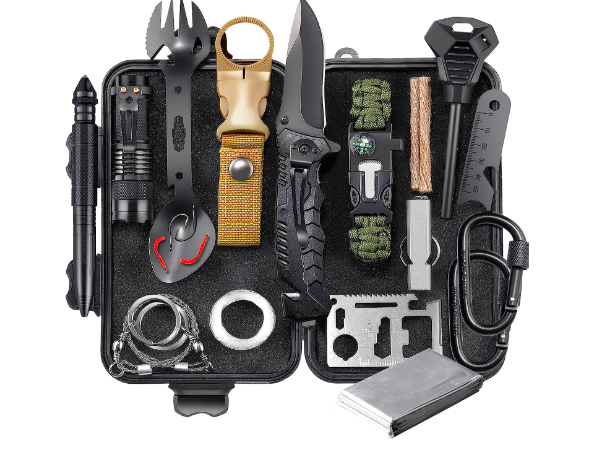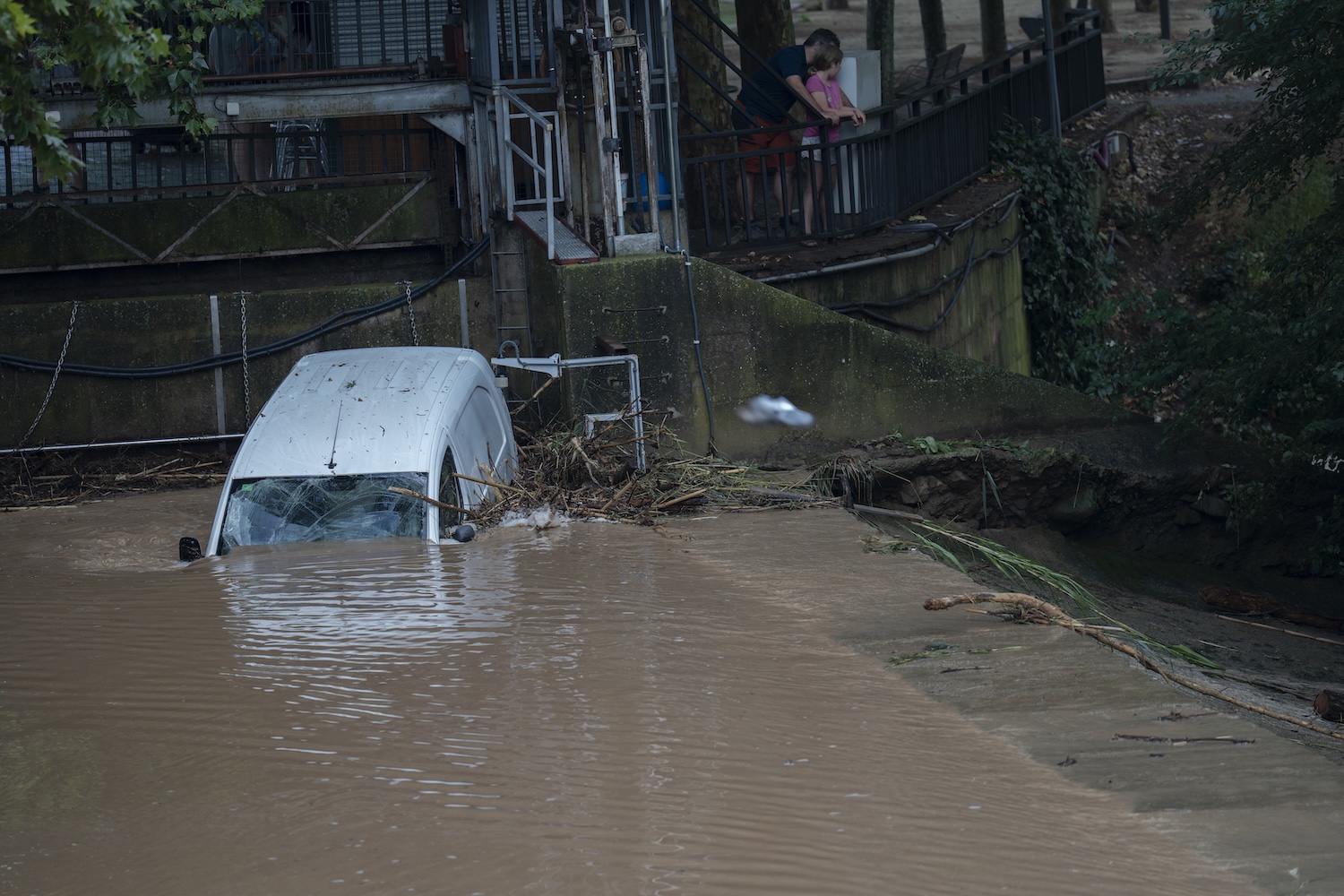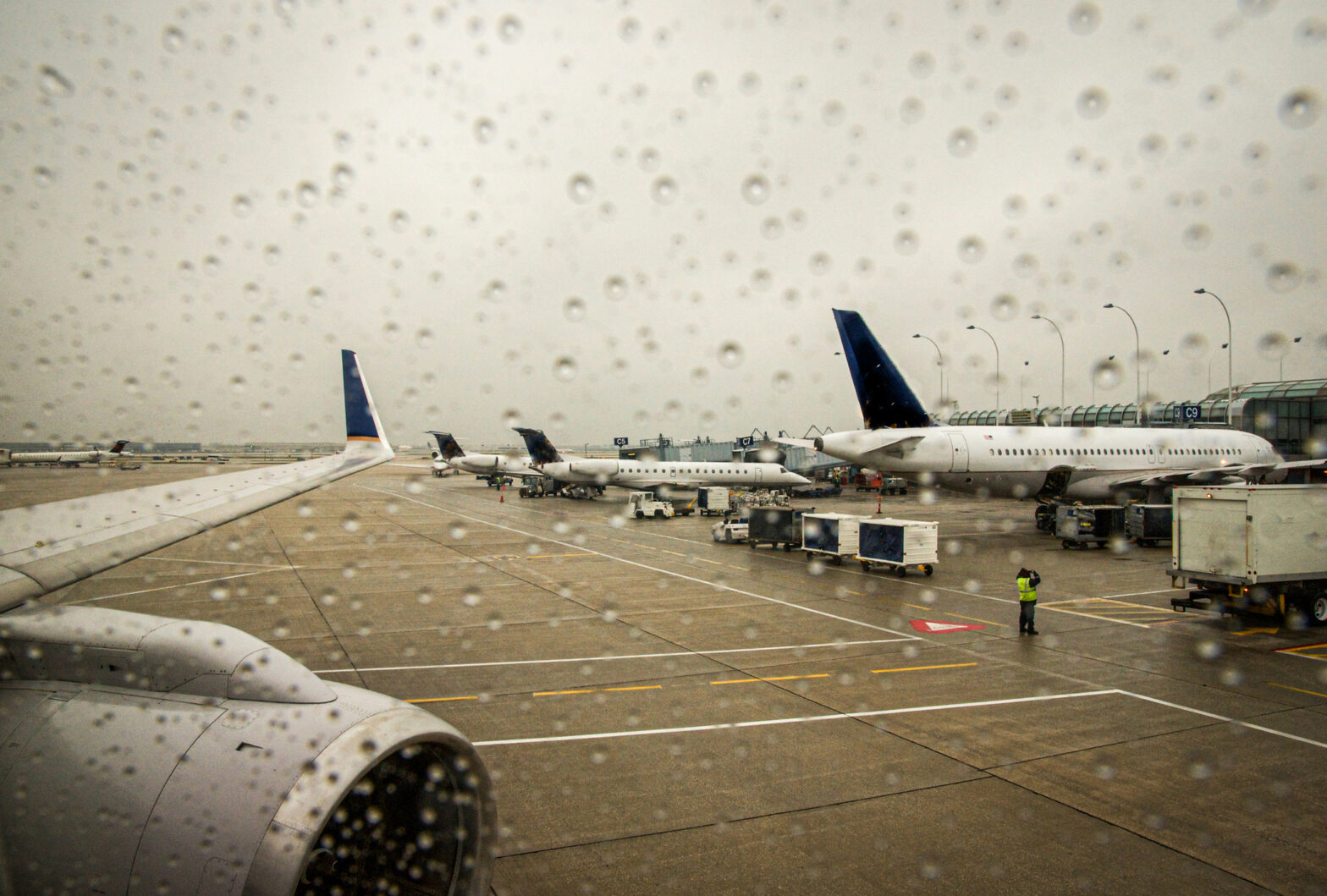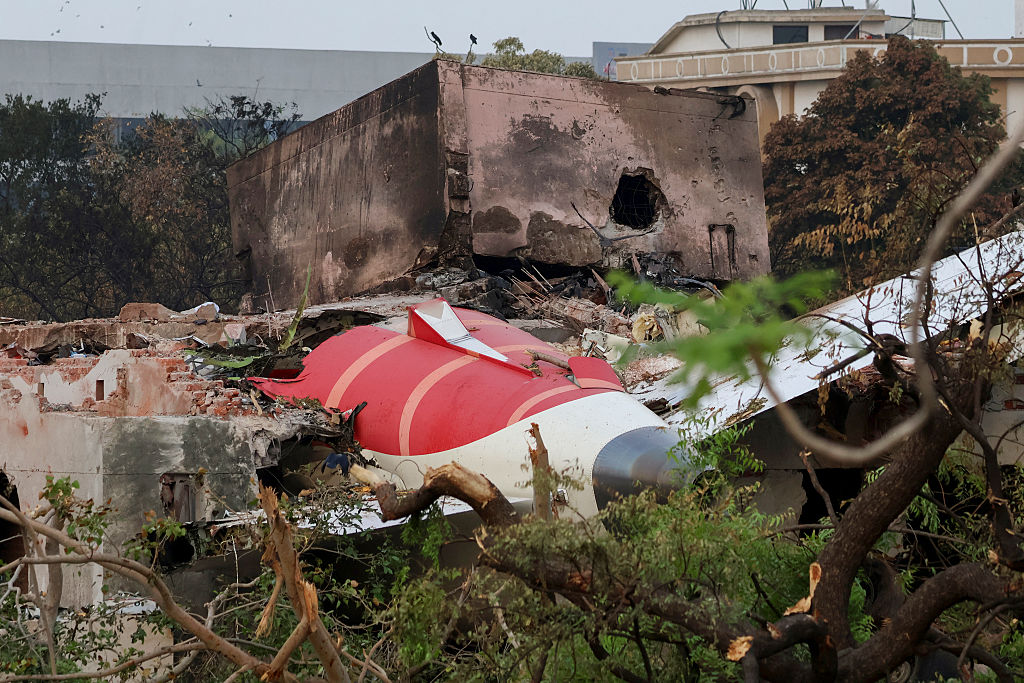Hiking is like TLC for the soul. It’s fun, adventurous and adds a little bit of spark to our day-to-day lives. From hiking Kilimanjaro to Angel’s Landing to name a few, a hiker’s journey is a once-in-a-lifetime experience that is surely one for the books. If you’ve recently been eyeing a potential new hiking trip, chances are that you may be asking yourself “How do I pack for a hike?” and “What’s the best hiking gear out there so I don’t freeze to death?” While taking hiking trips on a whim is adventurous, knowing how to pack safely and efficiently while copping the best gear isn’t only important, but crucial for your safety. And though packing for a hike doesn’t need a Ph.D. in hikeogoly (yes, we made that one up), even the most experienced and seasoned hikers will warn you of common packing mishaps, which can make the experience not so fun. So, without further ado here’s a guide to help you pack for that upcoming packing trip and the best gear to help ensure a fun and enjoyable experience.
How to pack for a hiking trip
It’s easy to throw a few things in a bag and call it a day, however, hiking is a serious form of exploration that not only requires you to pack the right items, but to pack them efficiently. Here’s a list of how to pack for an upcoming trip, the right way.
Roll your clothes instead of folding
Rolling your clothes is a packer’s best friend when it comes to saving space. It can seriously help you to pack more essential items while making it easier to access clothes you may need on your hike. Start off by rolling any shirts, pants, and lightweight hiking jackets at the bottom of your pack and follow through with other essential clothing you may need such as rainjackets and layered clothes.
Place essential gear on top and not-so-essential gear on bottom
When packing for a hike, try to pack your backpack from bottom to top with the least important things at the bottom and the essentials on the top. Doing so will help you access the items you need with ease rather than having to take everything out and put everything back in multiple times. Dividing your pack into different categories such as food, water supply, jackets and clothes, and other tools needed like knives, first aid kits, and footwear, can make your journey easy and efficient.
Step 1: Pack your sleeping bag first
You always want your lightest gear at the bottom to help prevent backaches and spinal problems. You always want to put your sleeping bag at the bottom because it takes up less volume for less weight and you won’t necessarily need it until the end of your day.
Step 2: Pack your base layer clothing second
You won’t need your base layer clothing until nighttime anyways, so it’s better to pack this item at the bottom of your pack.
Step 3: Start packing your heavier items
Packing your heavier items in the middle will help to support your back a little bit more than if they were placed at the bottom. This includes food and a backpacking tent.
Step 4: Pack your lightest items at the top
Packing your lightest, most essential items at the top will prevent the hassle of having to look for them in your pack. This includes any tools, your main layer clothing, electronics, shoes, and toiletries.
Avoid overpacking
Many hikers sometimes have a tendency to overpack, which can make hiking with a backpack a lot harder. To help you along your packing process, start by separating the essentials from the non-essentials. This can help you better determine the items you need while weeding out the ones you do not. Keep in mind that you have to carry your backpack on possible mountains and steep hills, so it is crucial that your back remains intact.
What To Pack
Packing for a hike can bring on some potentially overwhelming emotions, which is why we’ve compiled a list of everything you should back below.
Some Good Old Hiking Boots
Although sneakers are great for support, supportive hiking boots are much better. REI, Palladium, and Merrell are great options for copping the best hiking boots.
Weather Appropriate Clothing
This is probably one of the most important things next to packing food and water. Although looking up the weather is great in advance of a hiking trip, you never know when things can get rainy, nippy, and out of sorts. Packing items such as a heat-insulated rain jacket and moisture-wicking layers can seriously help you stay ahead of harsh weather conditions.
Food For Thought And Of Course, Survival
Now this is a must for ensuring that you have the proper nutrition and energy you need. Regardless if a hike is only four to five hours, packing high-energy food and snacks is imperative for an enjoyable experience. This includes having tons of water as well so you stay hydrated during the course of the hike.
Navigation Tools
Navigation tools such as compasses, maps, and GPS locators are great for hiking. And though there’s a ton of mystery in seeing where a hike takes you, navigation is extremely important so that you don’t get lost.
First Aid Kit
We really can’t emphasize how important this one is. Having a first aid kit is imperative in the event of a hiking accident. We wouldn’t want to scrape our knee and have an infected cut now, would we?
Pocket Knife and Multi-Tool
There are many uses for a pocket knife and multi-tool that have helped hikers out of some scary life-or-death situations. It’s always important to remain safe rather than sorry.
The Best Hiking Gear For A Hike
There is a ton of gear out on the market that claims one thing but really does another. Before hiking a mountain or a trail, it’s important to put quality first, which is why we’ve compiled a list of the best hiking gear you need for that upcoming trip.
Best Hiking Jackets
Breathable, functional, and easy to pack.
Best Hiking Boots
Extremely supportive and will help you tackle some of the hardest hiking terrains.
Best Hiking Pants
Breathable and easy to move in.
Best Hiking Backpack
Stylish, supportive, and efficient.
Best Survival Kit
Perfect for any emergency.

